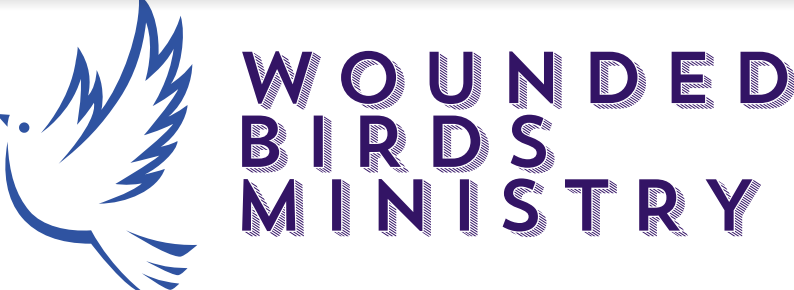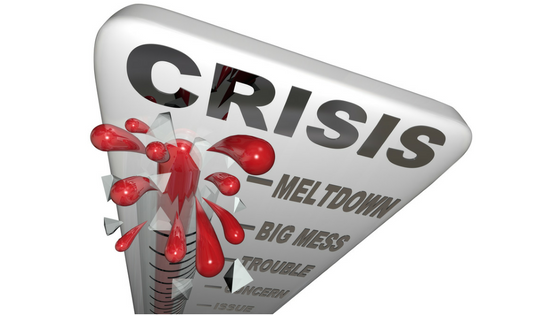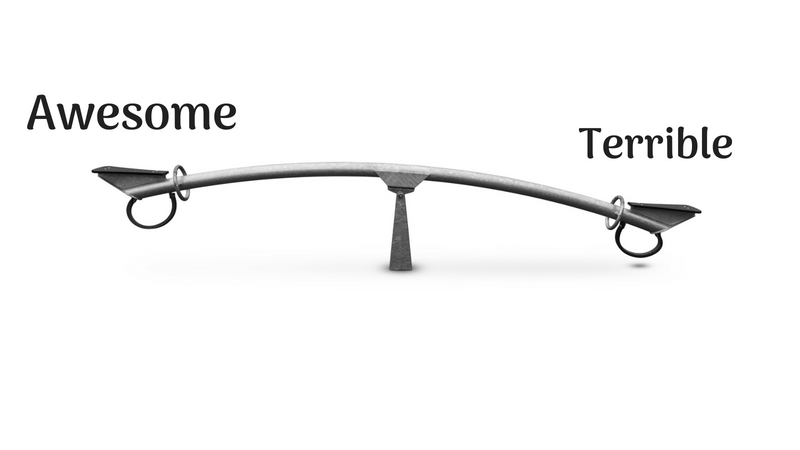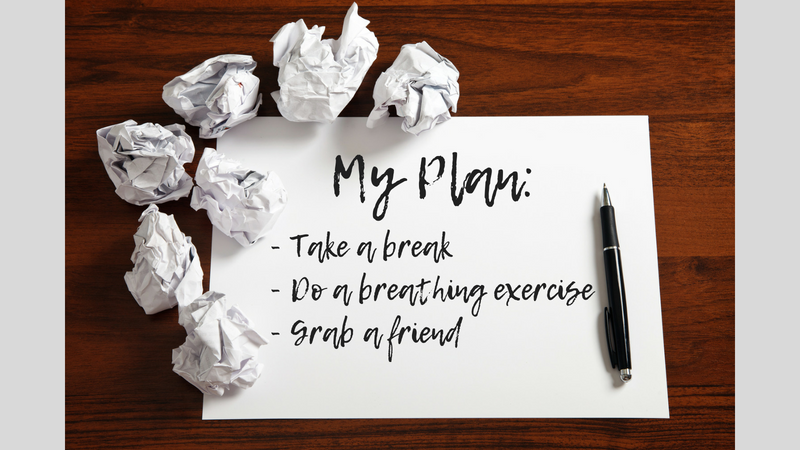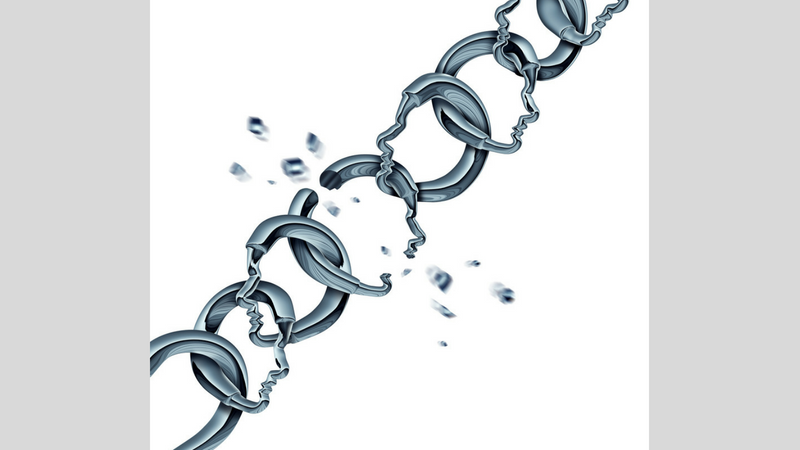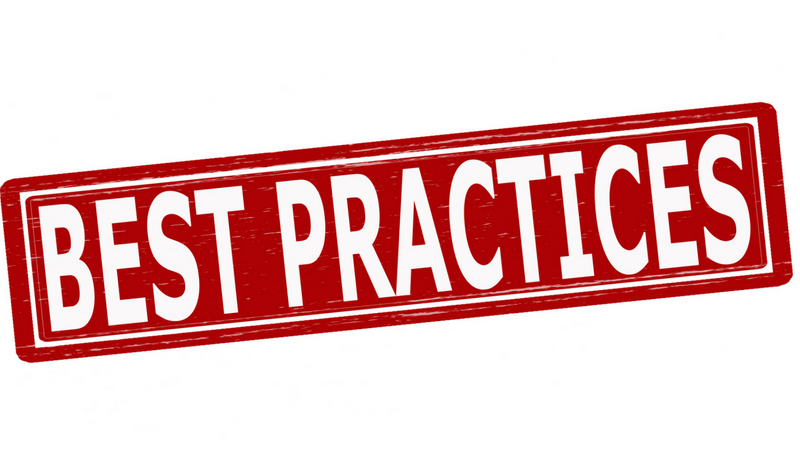Crisis Survival: How to Control the Uncontrollable
Little did I know that a crisis was about to hit.
I sat there in the mammogram room, awaiting the procedure that would pinpoint the precise location of the anomaly my surgeon was scheduled to remove three hours later. I’d been slipping in and out of depressions and anxiety over the past few weeks as the enormity of the situation dwarfed my capabilities.
That morning, I’d felt good despite already fasting for eight hours and being hooked up to an IV for several hours while awaiting all the little steps that took me closer to the operating room. Despite heated blankets, I was still running really cold: a sign of emotional overwhelm, although I didn’t know it at the time.
The nurses and the doctor were continually checking in with me and I was doing just fine – until I wasn’t. I suddenly got lightheaded and saw spots. The smartest thing I decided in that moment was to tell them that I was heading downhill.
It was incredible how they jumped into action, starting with putting cold, wet towels across the back of my neck and my brow. While I didn’t understand why the cool towels would help, they did the trick and it wasn’t long before I was recovered from the crisis.
While my crisis happened in a medical setting, emotional crises can happen anywhere and under even seemingly simple situations. It can be a trigger, a piling on of experiences until you crack, or simply a chemical reaction in the brain.
What Is a Crisis?
Regardless, your emotions overwhelm you and often your body responds: your heart races, your emotions are out of control and you are unable to manage your physical reactions. You find yourself doing the ugly cry, or screaming and yelling. Maybe the people around you are desperate to help you calm down.
Thoughts are running like wildfire through your mind, incinerating even your most helpful thoughts.
Managing a crisis scenario is one of the top requests of people who live with a severe mental illness or experience strong triggers. For the purpose of this post, our definition of a crisis is a situation which is highly stressful, short-term (measured in minutes and hours, not days), and in which you feel pressure to solve the situation in the moment.
Specifically, situations in which you are seriously considering or preparing to harm yourself or others do NOT fit this definition; these are emergencies and a call to 9-1-1 should be placed immediately.
When we are in a crisis, we are in deep pain and a high state of arousal, which simply means that our emotions are raging strongly within us and clouding our ability to make wise decisions in the moment. Our natural instinct is to solve the problem in some way so that we have relief.
In some cases, we are able to solve the crisis: we can use interpersonal skills to state our need and come to an agreement. In other cases, we are either unable to solve the problem in the moment or all the solutions we have available to us only make the situation worse.
When this happens and we are unable to resolve a situation that has us in crisis, we still have options.
TIPP Skill
I first learned the TIPP Skill in a Dialectical Behavioral Therapy (DBT) class, and it’s one of my favorites to pass along. Put simply, the TIPP Skill is a way of changing our bodies’ physical responses to a crisis. A simple acrostic, it stands for:
T – Temperature
I – Intense Exercise
P – Paced Breathing
P – Paired muscle relaxation
The core idea around TIPP is that strong emotional responses reflect in our bodies. Hormones, such a cortisol, flood our systems and change our physical conditions.
A few examples of these changes include our temperatures rising, hearts racing, breathing speeding up or becoming more shallow. Taking control of our body is known to help modify our emotional response (isn’t it interesting how these things feed into each other?).
So, for the first “T” (temperature), the goal is to lower our temperature. A favorite trick is to go to the freezer and grab some ice. Hold the ice for a few minutes in your hand.
Others sometimes stick their heads in the refrigerator for a few moments, or run a washcloth under some cool water and place it on their forehead or the back of their neck. Each of these is highly effective.
The key here is to use something colder, not warmer. (I’ll be candid and say I don’t understand the science behind that direction; I just know it’s what I’ve been taught and, as in my medical scenario, it sure seems accurate.)
For those who go into crisis while driving, keeping an ice pack in your center console or glove box is a good idea; you can pull over to the side of the road and activate the ice pack to help you calm down.
Emotional crises can happen anywhere and under even seemingly simple situations.
When it comes to the “I” (intense exercise), the key idea is to increase the oxygen flow to your body. This helps slow your heart rate and regulate your breathing.
When I first heard this, I flashed back to the (unopened0 copy of P90X collecting dust next to DVD player in my den. Thankfully, our group leader cleared it up quickly: the “intense” part of the exercise doesn’t necessarily need to be on that level. It can be as simple as going into a flat-out sprint down your road, engaging in push-ups, or even jumping rope or doing jumping jacks.
Depending on your location, the depth of your crisis, and your physical condition, it may be better to keep your options simple. Whatever exercise you choose, do it full out, keeping in mind your physical condition. Remember that the goals are to get more oxygen into your body and to tire yourself out.
Need examples of paced breathing or paired muscle relaxation? Check out my video!
Paced Breathing (the first “P”) is another great skill that helps us lower our heart rates and get more oxygen into our systems. There are a number of different breathing options out there, such as 4-Square Breathing and 3×10 Breathing. I love using paced breathing as part of my mindfulness and to also simply calm me before I enter a stressful situation; it’s great as a non-crisis skill, too.
When doing paced breathing, the primary tricks are to inhale into your diaphragm and to exhale more air than you inhale. In doing so, we help our bodies acquire and circulate more oxygen, more efficiently through our systems. (If you don’t know where your diaphragm is, think of it like your stomach.)
In particular, when we are stressed out, we almost always start breathing into our chests—which limits our capacity for intaking breath and also limits the amount of oxygen our bodies are able to extract from the air we deliver.
This becomes a downward spiral that feeds on itself: the less air we get, the more likely we are to gasp for more air (to deliver what our body needs), which further limits the oxygen our body receives and continues the cycle.
The benefits of paced breathing are so important that “just breathe” is the mantra given to most people with panic or anxiety attacks. The simple act of focusing on our breathing is deeply calming and helpful.
The final “P” stands for paired muscle relaxation. A simple exercise that I complete in under 10 minutes, paired muscle relaxation takes us from the top of our body (including our eye muscles!) all the way down to our toes, tightening and then releasing muscles in pairs.
Again, I can’t explain the science behind this technique, but it is proven over and again in research that this technique works, and that’s also been validated in my support groups.
One final point when it comes to TIPP: depending on the severity of your crisis response, you may not need to use every one of these. Start where you are comfortable and keep going until you feel reasonably calm and under control again.
Looking for a guided paced breathing and paired relaxation experience? Check out my video here!
Distraction
Another excellent skill that helps you make your way through a crisis is distraction. There are a variety of approaches to distraction, including hopping on YouTube or another social media outlet to check out videos or memes of kittens, doing a craft or hobby that requires your full attention, or heading out to do an activity like visiting a museum or an entertainment park.
The point is to find something that pulls your attention off the distressing situation and refocuses you elsewhere. For me, this sometimes looks like aggressive house cleaning, reading, or spinning yarn.
One word of caution on the distraction method: it can become a crutch and a way to avoid addressing the pain we are really in. It is best used to get us through the moment; from there, it is important to do the work necessary to find a solution to whatever caused the crisis in the first place.
Last, when you are calm, have time, and some emotional distance, it is an excellent idea to reflect upon your experience and do some problem-solving. This can be done on your own, with a trusted friend or advisor, or in a therapeutic setting (I’ve been known to use all three).
Start by unpacking the situation: what triggered the crisis, your underlying thoughts, emotions, and reactions, and your survival skills during the crisis. Working through the analysis helps you resolve the problems and issues longer-term so that you avoid experiencing the crisis altogether.
In addition, you can identify the skills that helped you most in this crisis so that you have a go-to plan if a future crisis occurs.
One word of encouragement I want to offer here: it takes us some time to understand the situation and resolve it. Especially when we are talking about a situation that triggered a full crisis response, a take-it-slow approach can be the healthiest and most effective way to resolve the situation.
When you are calm, have time, and some emotional distance, reflect upon your experience and do some problem-solving.
As we work our treatment plan and progress along the road to resilience and mental health, we know crises will happen. The TIPP skill and the distraction method are great tools to have in our tool belt to help us survive those moments in the healthiest manner possible.
Once we are through the crisis, we then can apply other skills to help us resolve the problem and identify what we can do in the future to better manage (or avoid) a crisis.
These are not skills that come naturally to most of us, and it can be difficult to remember these tips in the heat of the moment. Preparation and practice when we are calm are helpful to prepare us and arm us for those moments when we are most out of control and struggling to remember how to best help ourselves.
Be patient with yourself, and especially pat yourself on the back every time you practice or use one of these skills. It gets easier, and you are doing good work.
Credit is owed where credit is due. Most of the information in this post is sourced via Marsha Linehan and her amazing Dialectical Behavioral Therapy (DBT) curriculum. Her discoveries and the skills she developed in response to her research are widely referenced and taught via groups throughout the mental health community. You can find more on Linehan and DBT at dbtselfhelp.org. To locate a DBT therapist in your area, please visit the DBT-Linehan Board of Certification site’s search page. https://dbt-lbc.org/index.php?page=101163.
How have you handled crises? What made it easier to make it through one? I would love to hear your thoughts in the comments below!
Looking for daily inspiration and community? Join our warm and supportive Facebook group!
